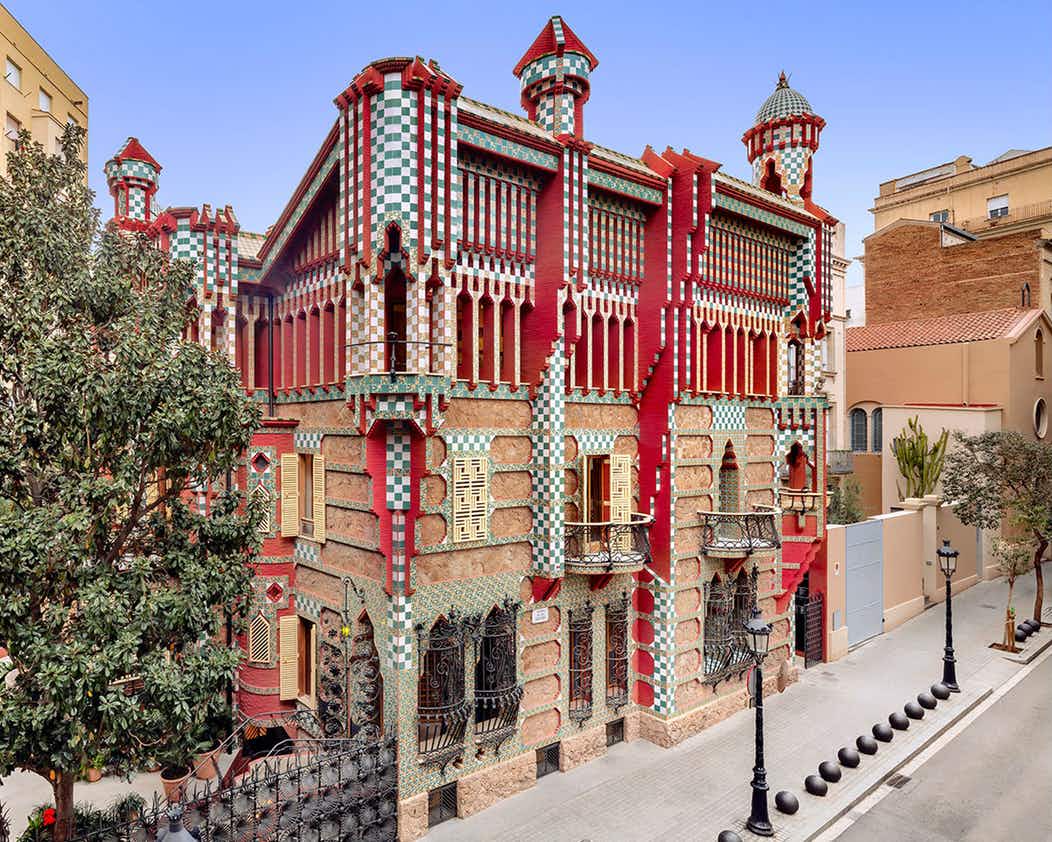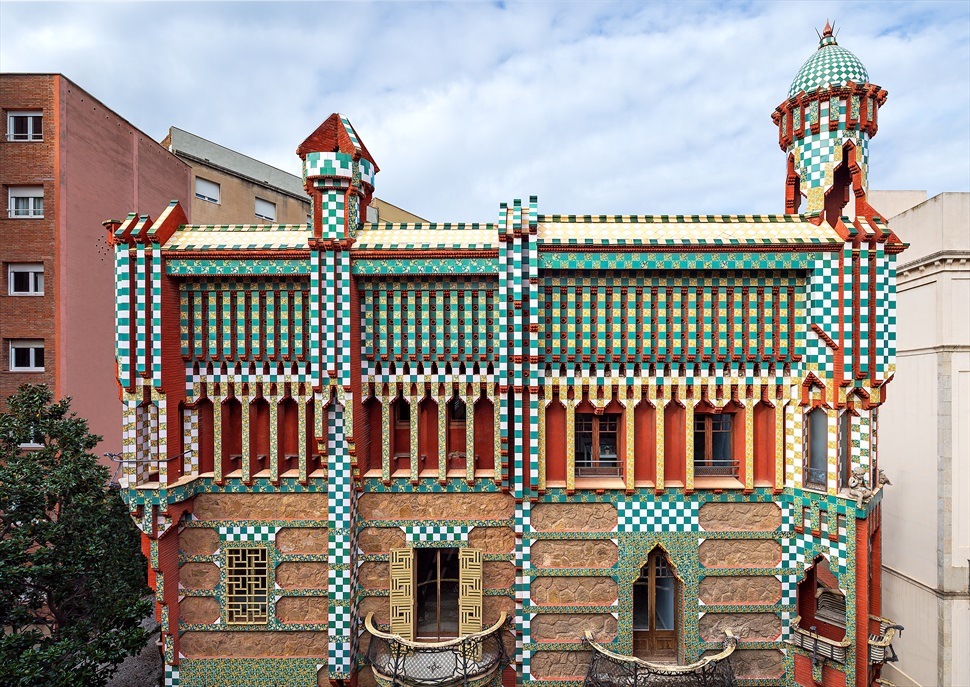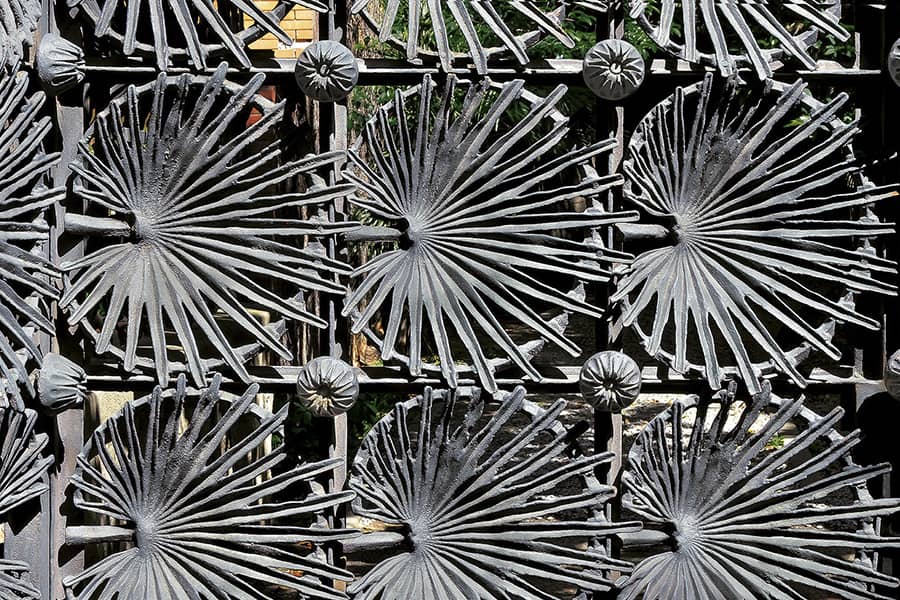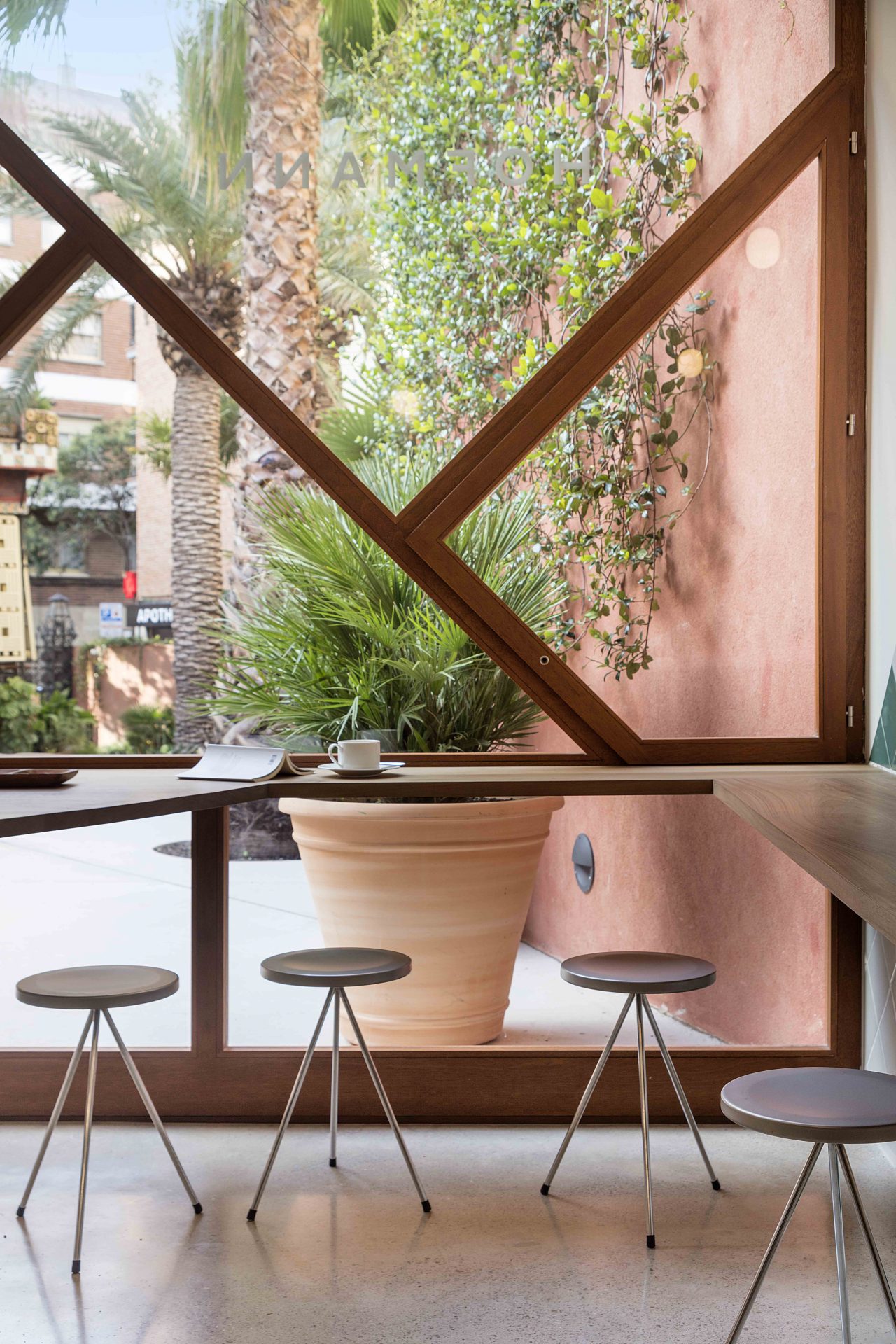
Marcel Breuer once said: “I am as interested in the details as in the whole structure. A shape, a point of view, a color. This philosophy was the starting point for the new collection of the NUTA stool, an icon of the designer Lluís Pau from 1988 to which four colors have been added, inspired by small extracts of great sculptures of Barcelona.
The coral red of one of Alexander Calder’s wings is transformed and adapted to the stool’s pure and light lines. So does the green color of Antoni Tàpies’ Homage to Picasso or the black tone of Susana Solano’s sinuous structure, as well as Joan Brossa’s visual poem, crumbled in a shade of white that turns out to be silk gray in color.

This iconic stool’s new palette emerges from the interplay between classic and new, empty and full. Serene tones that match Mobles 114’s quest for timelessness. Time does not seem to have gone by for NUTA, just as it has not passed for any of the sculptures from which it draws inspiration.

Previous versions of this iconic stool used to live indoors (in kitchens, bars, bathrooms…), but now it can also inhabit terraces and outdoor areas. After being immersed in Barcelona’s street art, its paint is specially prepared to endure in the open air. The NUTA Colors by Mobles 114 is the clear example of updating a classic; beauty reduced to its essence and the strong impact that culture can have on design. A totally universal piece stemming from both inspiration and local production.
Which version will you choose?

Text: Gemma Cuadrado
Pictures by: Meritxell Arjalaguer




